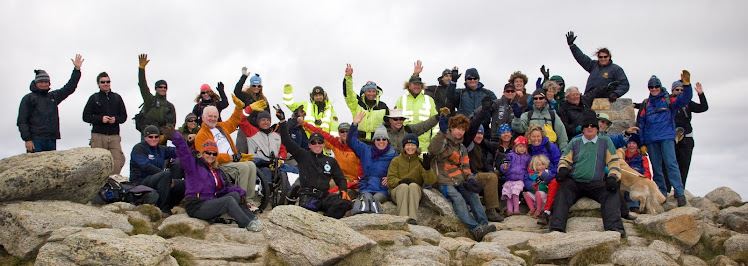In another excellent contribution by a recently completed Ph.D. and Architecture Lecturer, Antika Sawadsri (2010) (Photo 1), we are provided with a compelling examination of the embodied challenges of a disabling built environment on a person's daily life in Thailand. In drawing on the rich body of knowledge from the geographies of disability (see Gleeson, 1999), the thesis creates a compelling understanding of social rather than medicalised approaches to understanding disabling environments and the impact upon an individual's citizenship. An abstract of an article is provided with permission from the author.
 |
| Photo 1: The researcher - Antika Sawadsri |
Abstract
The approach to the inaccessibility of the built environment for disabled people in academic research has been heavily focused on legislating for access requirements and providing technical solutions. The spatial experiences of disabled people tend to be disregarded or taken as a peripheral form of knowledge. This article draws on an in-depth study of the lived experience of one wheelchair-using volunteer. It reveals that the majority of the physical and psychological difficulties encountered by disabled people are the result of inaccessible environments rather than their impairment. There is a need to understand the built environments of disabled people by regarding different forms of negotiating with a disabling environment, acquiring capital, the social agency of disabled people as well as attitudes towards them and discriminatory constructions.
Keywords: Spatial experience, disabling environment, lived experience, disabled people, agency for change
One of the strengths of the research was an understanding of how Turn, the individual the thesis is based on, negotiates accessibility to challenge the disabling nature of their local environments. One such example, was where upon discussing the access challenges that the Turn was facing, the local neighbours collaboratively got together to remove parts of the disabling streetscape to provide a continuous pathway. Photo 1 is an example from the thesis of Turn's ongoing process of negotiation that is indicative of people with disability's continual negotiation of accessibility on a daily basis.
 |
| Photo 2 The place where the street hump in Tum's village was removed on her behalf by neighbours |
I am conscious that a great deal of the research and literature on accessible tourism is only from the English-speaking world and I implore readers of this blog to encourage researchers from non-English-speaking countries to submit English language abstracts so that we can promote their research and get a better cross-cultural understanding of the embodied nature of disabling environments. Congratulations Antika!
Readers can contact Antika on antika@gmail.com
Lecturer, School of Architecture
King Mongkut’s Institute of Technology Ladkrabang, Thailand
References










No comments:
Post a Comment